The Guide to Istria
Istria doesn’t feel like Croatia. The people who live on this triangle tag of land, clinging to the Adriatic coastline between Croatia and Italy certainly speak Croatian. They may even look Croatian. But dig a little deeper, and you’ll find that Istria has a history and culture all of it’s own. One that the locals are fiercely proud of, and will tell you all about, should you ask. Read on for our guide on what you need to do, see and eat whilst in Istria.
Istria
WHERE: North-west Croatia
WHY: Amazing natural beauty, superb local culture
TIME: 3-4 nights
UNDERSTAND
Istria is the ‘triangle shaped’ tag that hangs off the coastline in the far north-west of Croatia. Bordering Italy and Slovenia, and jutting out into the Adriatic sea, Istria has long been a region where different cultures have met, occasionally with disastrous consequences. Regardless, due to its superb location, the locals of Istria often speak both Croatian, Italian and Slovene, and the vast majority speak English (80% of Croatians speak English). Istria is a land of stunning cuisine; serving up the best truffles, seafood and pasta anywhere in Europe. Moreover, the wine here is out of this world; with minerally whites, hearty reds, and some amazing producers dabbling in naturals and biodynamic grapes. The landscape of Istria is outstanding; with sloping hills of karst rock meeting the azure blue of the ocean, the rolling plains dotted by lone trees and vineyards. The coast of Istria is photogenic , while the interior is rugged, seemingly untouched mountains and hiking trails lining the forests. While many are labelling Istria ‘the new Tuscany,’ I’d argue that Istria defies comparison, and is less touristy, more intriguing, and serves up better value for money experiences than anywhere in Italy.
WHEN TO GO
Istria is fast becoming a region of global renown, and with the sharp increase in tourism in the Dalmatian region of Croatia, an increased number of tourists have begun visiting Istria each year. The vast majority of these visit during the high season; from May to September. The only (and I mean only) benefit to visiting Istria during summer is that you will be able to swim. The beaches around Istria are stunning; the water is a light blue, and every town has a range of beaches to swim at. However, during summer, the temperature in Istria remains around 30°C, and the beaches are crowded. However, during the low season, the temperature in Istria remains fairly Mediterranean, and the volume of tourists decreases by around 80%-90%. We spent a solid week exploring Istria this past winter, and saw only a few other tourists the whole time we were there. We paid considerably less for accomodation (approximately 40% off rooms and campsites) and way, way less for bars and restaurants. The temperature remained at a balmy 15°C the whole time we were there, and we didn’t experience rain once. My advice: hit Istria from November to December, you’ll skip the crowds, still get some good weather, and will still be able to have a swim (if you’re brave).
what you need to do
Rovinj
Rovinj is a small town located on the south-western side of Istria. Set up by the Venetians centuries ago, Rovinj remains a stunning reminder of how well the Italians can make a seaside town look. While the new part of Rovinj is nothing special, the serpentine alleyways of the old town are absolutely stunning. You can spend hours wandering these, perhaps getting a coffee at Cogito (Zdenac 9, Rovinj,) before walking the long, spiralling stairways up to the Church of St Euphemia (Trg Sv. Eufemije, Rovinj), which offers commanding views of the surrounding sea - on a clear day, you can see Venice from the square before the church. I’d also recommend that you check out the fish-market on Valdibora, where you can buy fresh fish straight from the boat.
POREC
Pronounced ‘poretch,’ Porec is a tiny little resort town on the Istrian coast. Impossible to get lost in, but very worthy of an explore, Porec has some of the best down-home cooking available in Istria. After exploring the main town, I would strongly recommend getting a meal at Pizzeria Nono (Zagrebačka ul. 4, Poreč) - a very fairly priced Konobo, where you can get amazing Istrian cuisine for extremely fair prices. We opted for Istrian style pasta and a risotto - both were sensational. However, if food isn’t your thing, Porec also has an amazing Church in the heart of town, and some very excellent beaches that are best visited in summer. However, I did go for a swim in winter and can confirm the water isn’t too bad to swim in.
EAT ISTRIAN FOOD
Istrian gastronomy is internationally renowned. Known for having huge diversity, think gnocchi, risotto and polenta, as well as high quality vegetables and the freshest seafood in the world. Meals involving scampi squid and sole are extremely popular, as well as using truffles, cured hams (known as prsut) and sausages. The food of the region changes as you move inland from the coast, but no matter where you are, you’re sure to find food that is out of this world good. Expect high quality comfort foods with ingredients so good you’ll want to pull up stumps at home and take the first flight back to Pula. Truffle-flavoured olive oil is also a typical product of the region, and will accompany many meals in restaurants.
Lim Fjord
Lim Fjord is a special one. Tucked away between two imposing valley walls, the fjord is an azure blue that snakes its way out to sea. You can visit Lim Fjord at any time of year, and you can easily walk around the Fjord by heading to the small town of Kanfanar and getting a bus to the fjord. There are several amazing restaurants around the fjord, such as Restaurant Viking and Tony’s Oyster Shack (read more below). While you’re at the Fjord, why not also check out Romuald’s Cave; a tiny little hermitage located at the very mouth of the fjord, and easily accessible from the main high-way. When I was there, the cave itself was closed, but you could still hike up the hill to get a good view of the fjord below. Romuald was said to be a local hermit, and the cave itself is a place of worship now. However, very free to visit.
TONY’S OYSTER SHACK
I already wrote a lengthy piece about Tony’s Oyster Shack over here, but I’m going to go ahead and re-recommend this place. Ton’y Oyster Shack, located on the Lim Fjord, is a must do for any lover of fresh fish, oysters, and fruit of the sea in general. The guy who runs it, Emil, is an absolute legend, and will hand shuck you oysters that he’ll pull from the fjord before your very eyes. You’ll pay around $2 USD per oyster, but the price is absolutely right - these oysters taste utterly stunning, and you’ll be able to eat them whilst checking out the beauty of the Lim Fjord and possibly sipping some local bubbly. A must go. He’s located at Limski Kanal, 52352, Kanfanar, and is open every day of the week except Sunday.
MOTOVUN
Motovun is a hillside village in the heart of Istria. Known primarily for local wine, truffles and the beauty of the town itself, Motovun is an amazing little town that can easily be explored on foot. I’d suggest parking at the carpark below the town and taking a walk up the steep pathway into the town proper. Once there, you can opt for a walk around the city walls (free in winter, but $5 USD per person in summer. The streets are steep, very medieval, and thoroughly gorgeous. In town you can also try truffles at one of the many artisan shops that line the cobblestone streets. I’d recommend trying Zigante (Gradiziol 8, Motovun) or Miro Tartufi (Kanal 27, Motovun) Read a more thorough guide to Motovun over here.
DRINK ISTRIAN WINE
It wouldn’t be a verynicetravel blog post without me waxing lyrical about hyper local wine, would it? Istrian wine is outstanding, and the region boasts some of the best hidden varietals that I’ve come upon in my travels thus far. Expect high alcohol content, full bodied reds, and fruit-forward, mineral driven whites. I’m absolutely in love with the wines on offer in Istria, try and get your hands on Istrian Malvasia (the best white of the region) or a bottle of Teran (a lovely, balanced red). As far as the best places to try Istrian wine: I’d recommend Wine Station Trapan in Sisan (Giordano Dobran 63, Šišan), Kozlovic Winery (Vale Momjan 78, Buje), or Kabola (Kanedolo 90, Momjan, Buje). All excellent wineries/wine shops, where the owners will talk you through what’s good in Istrian wine, and let you try some of the very best wines on offer.
If you’re looking for more information on Croatian wine, why not read my beginner’s guide over here?
Any questions, comments or thoughts about Istria? Hit us up in the comments below! Like what you’ve read? Hit subscribe below!

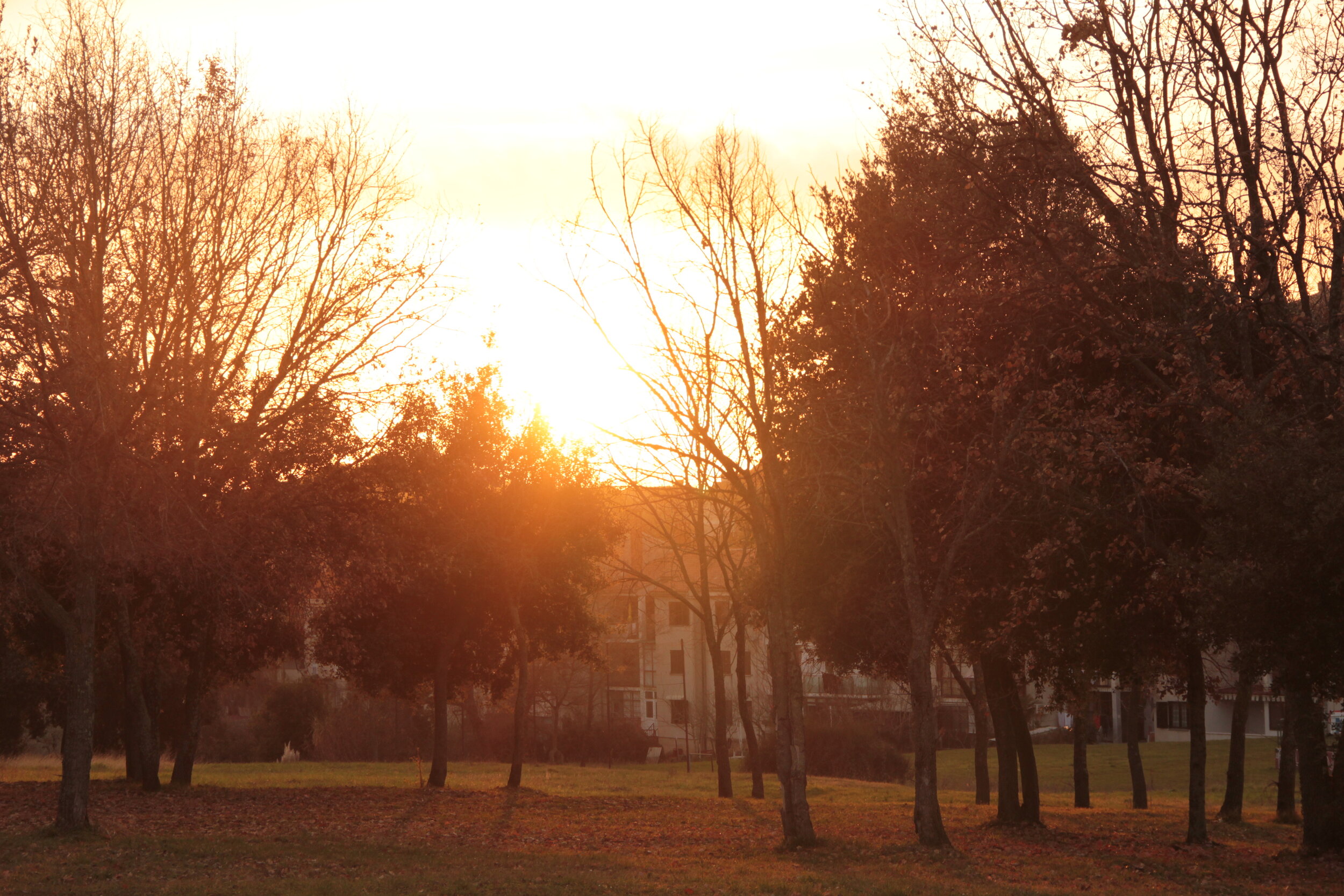
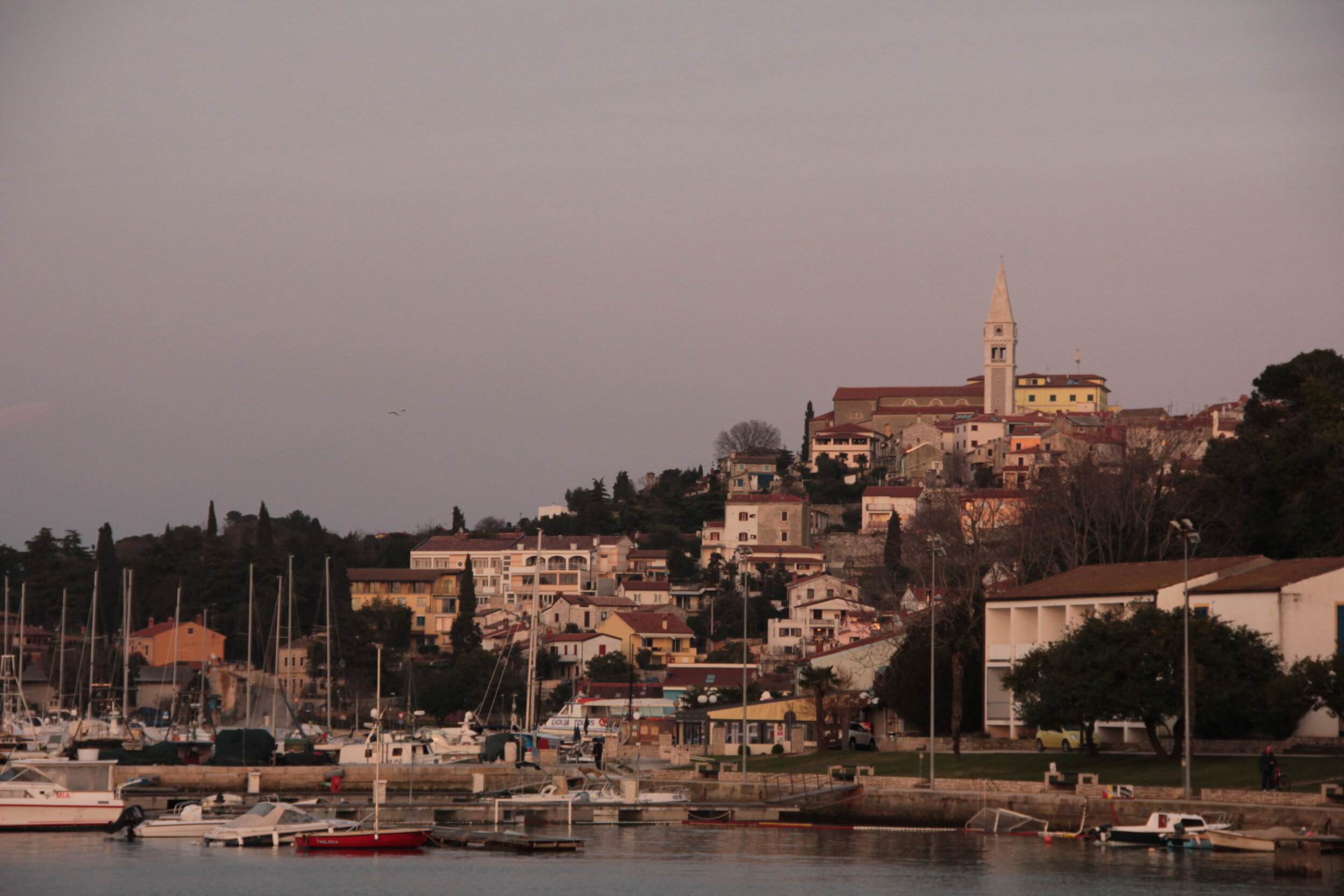
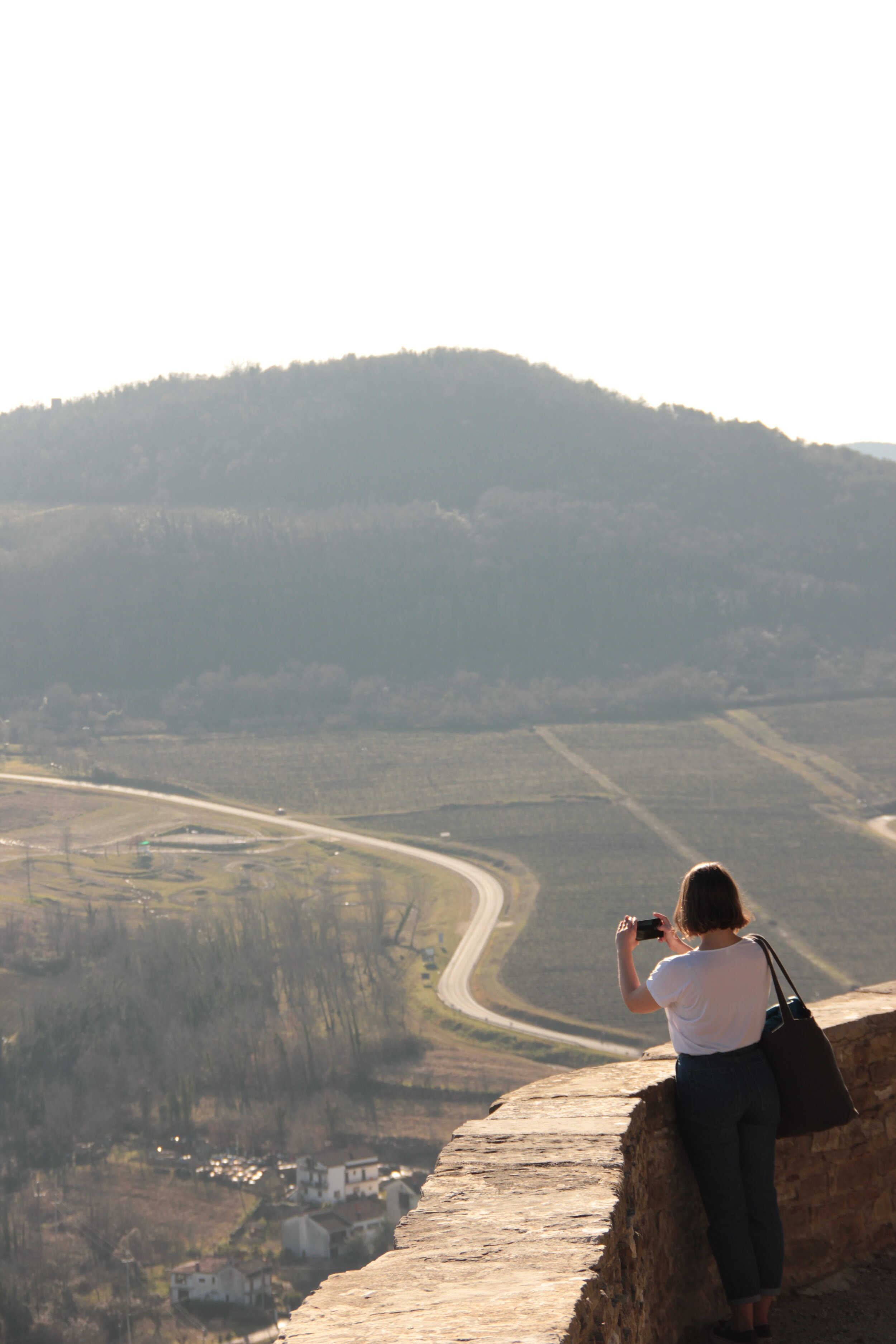
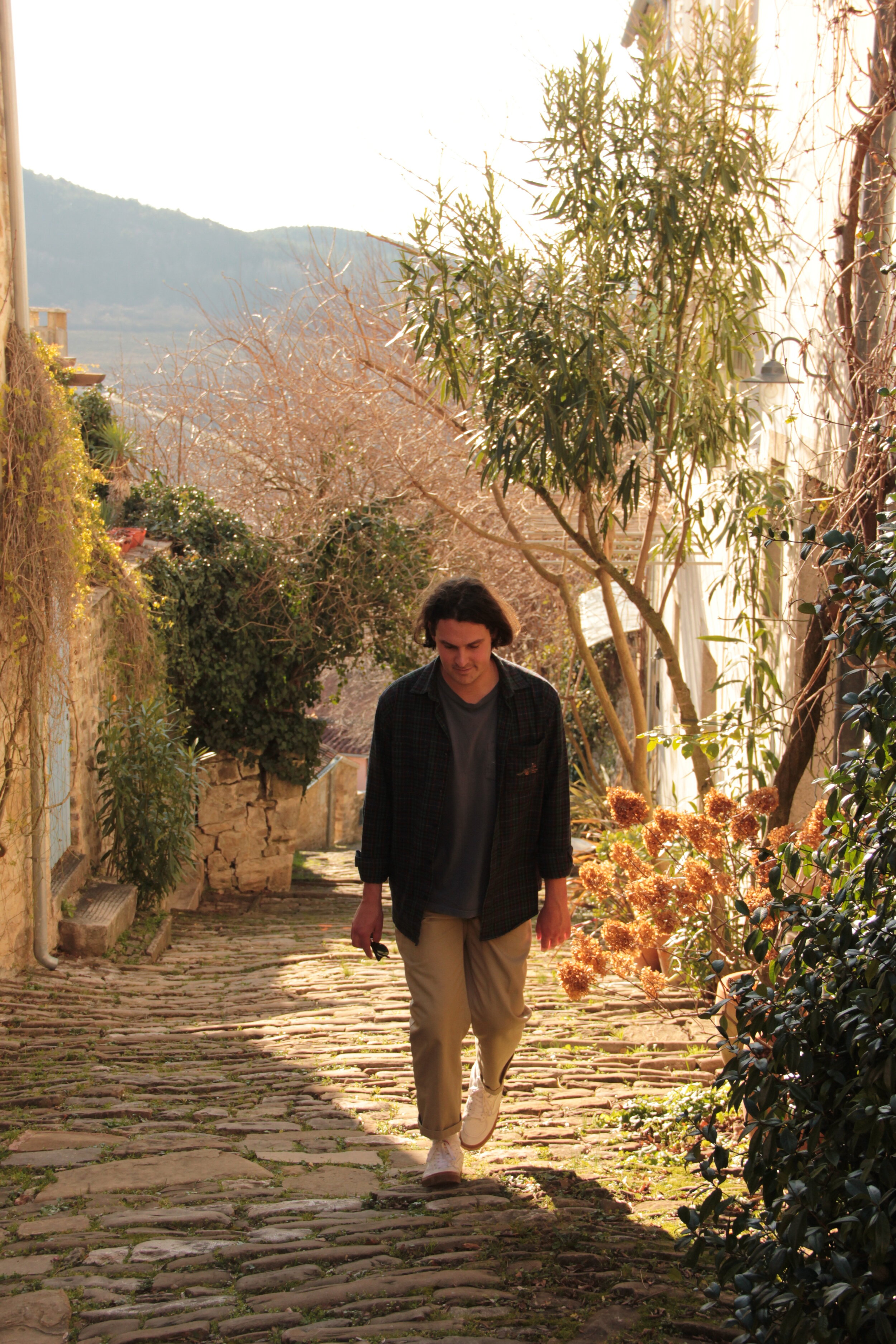
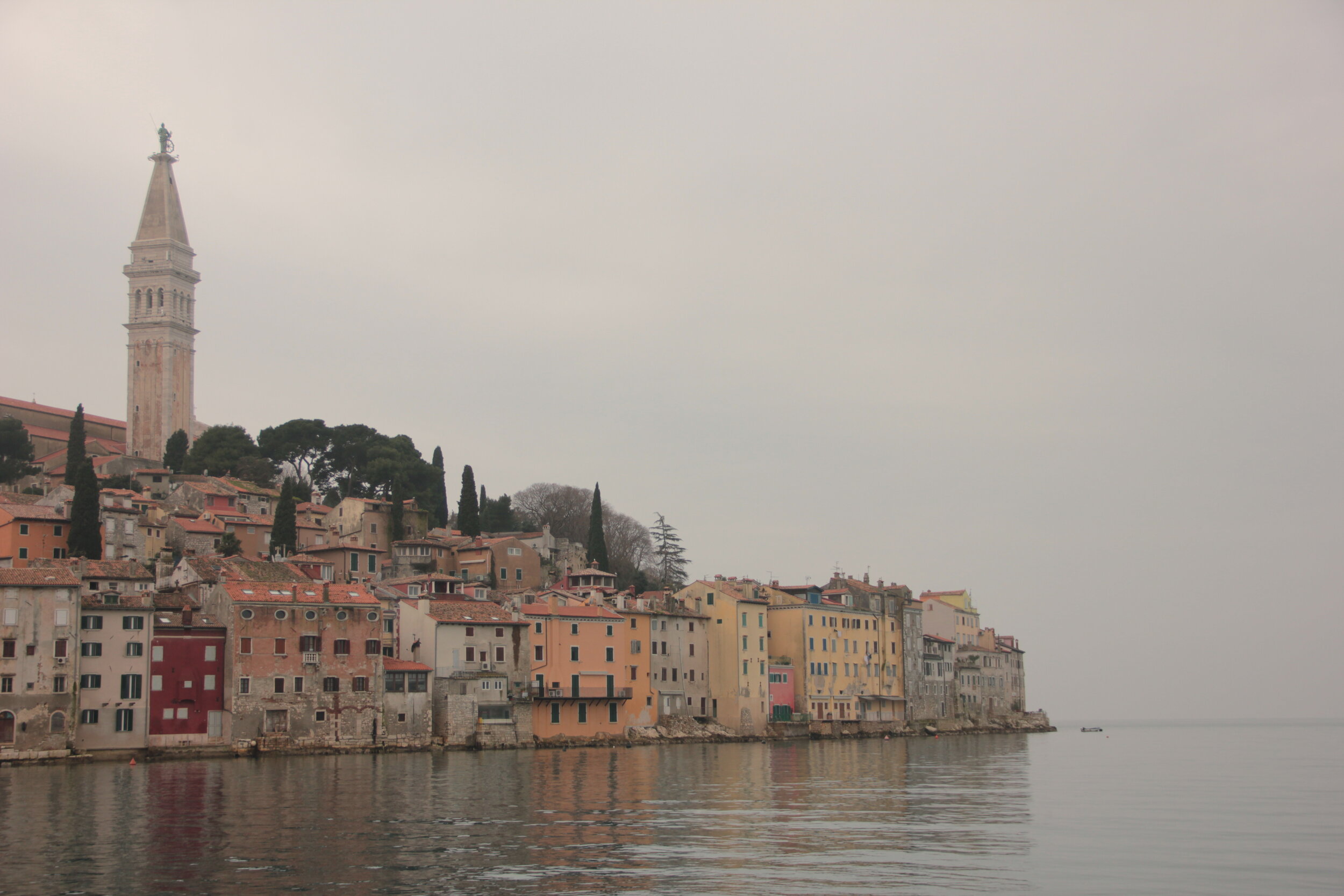
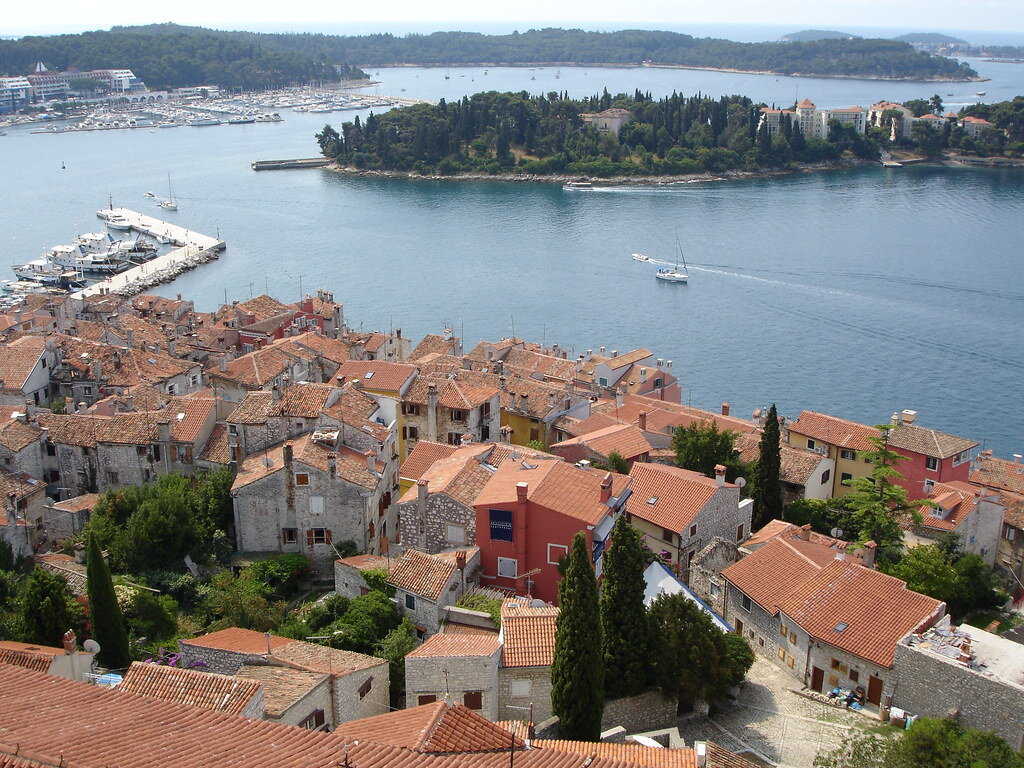
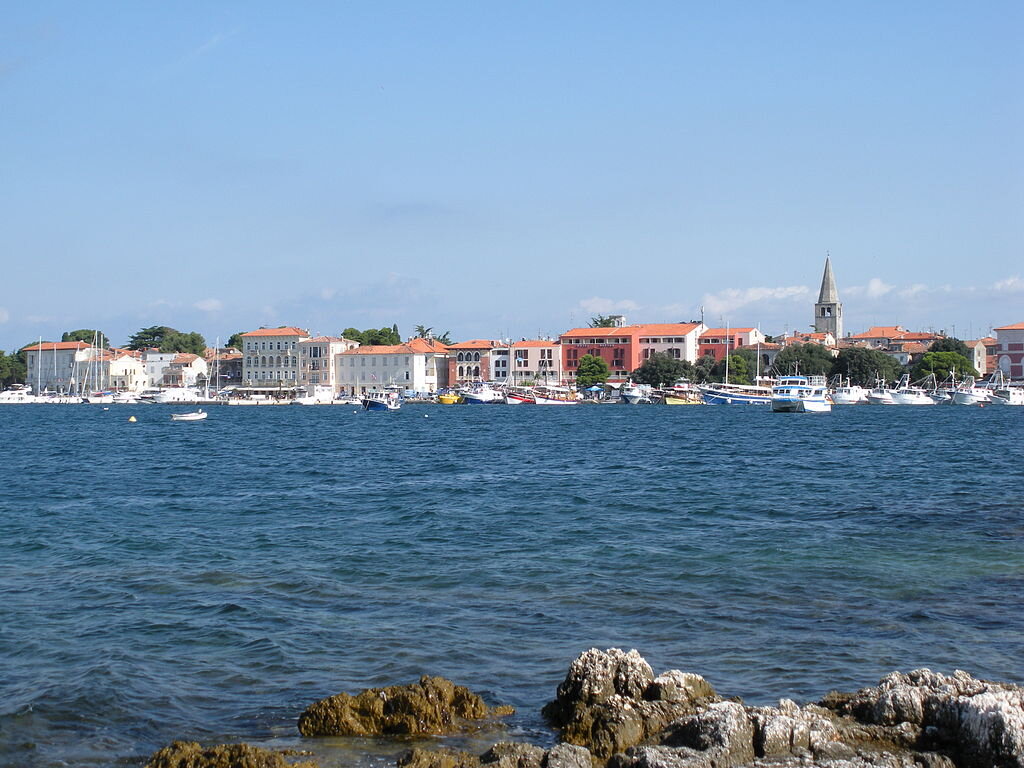
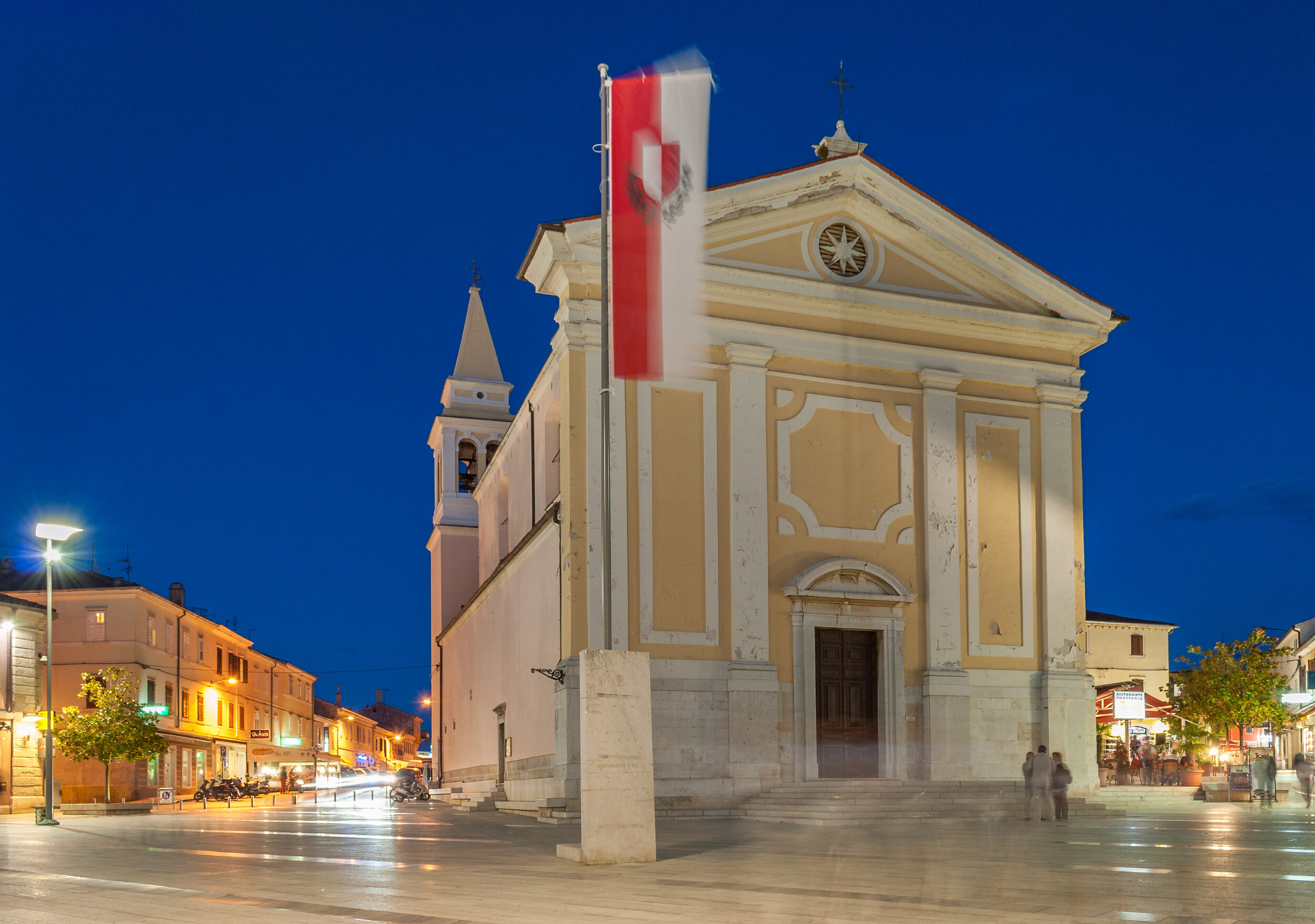
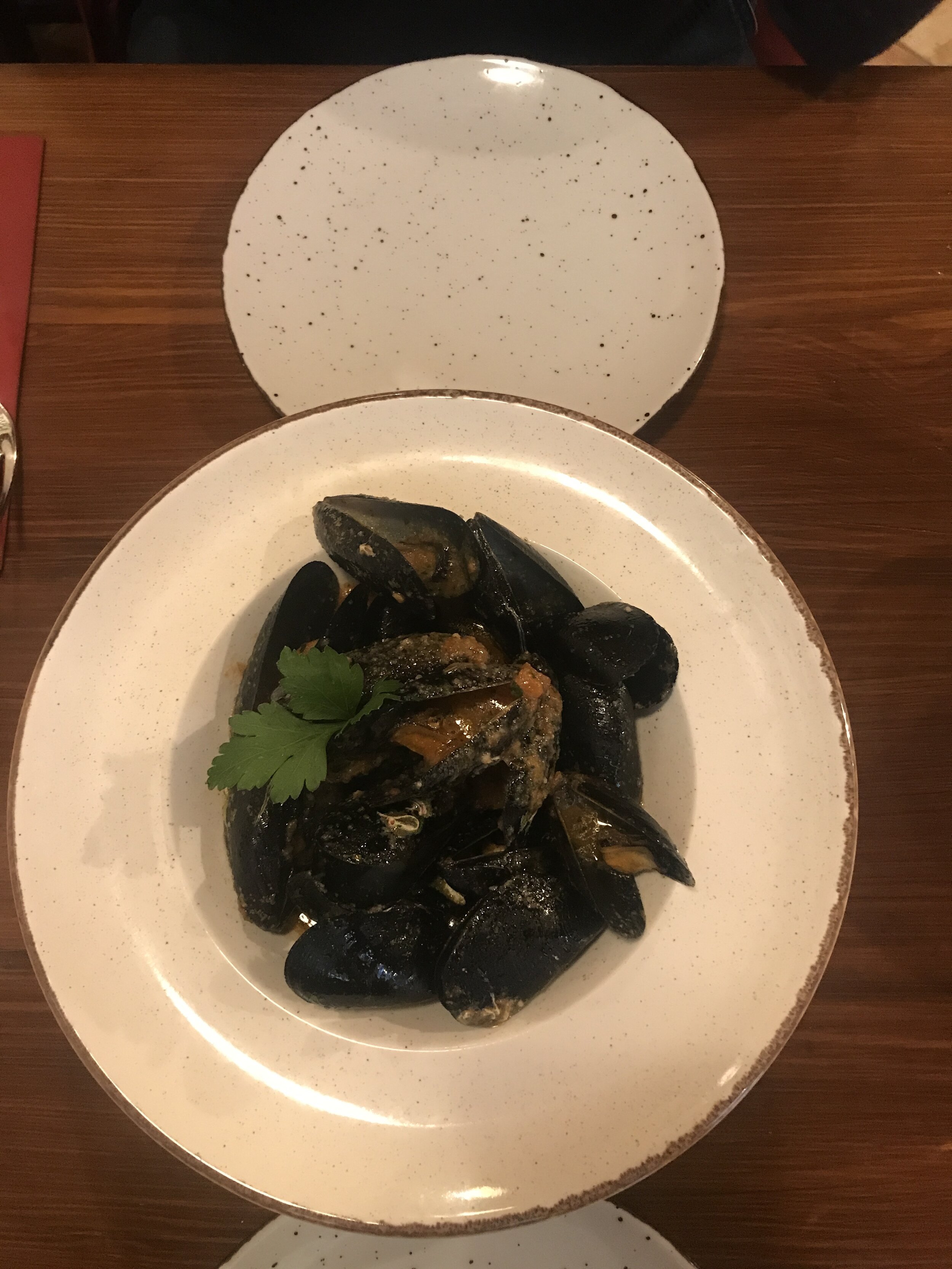

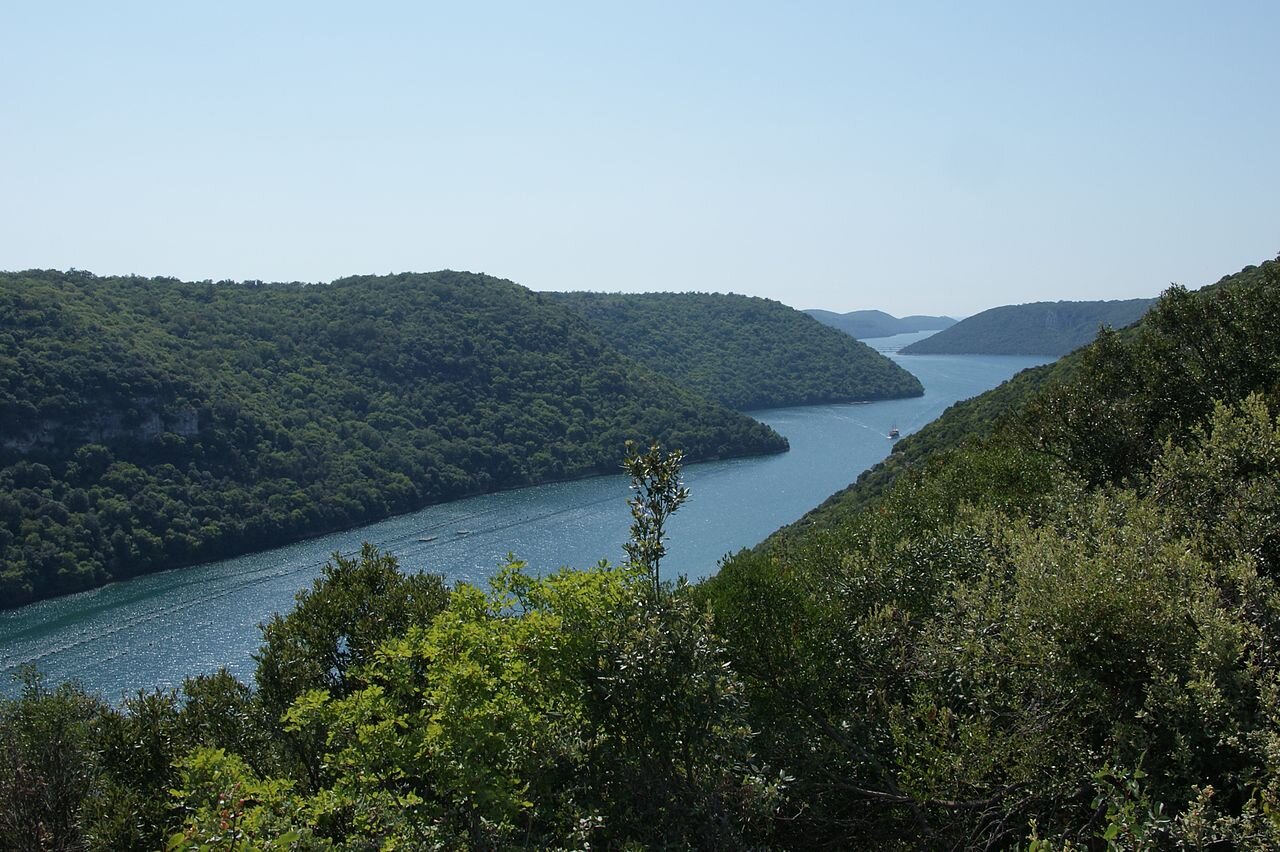
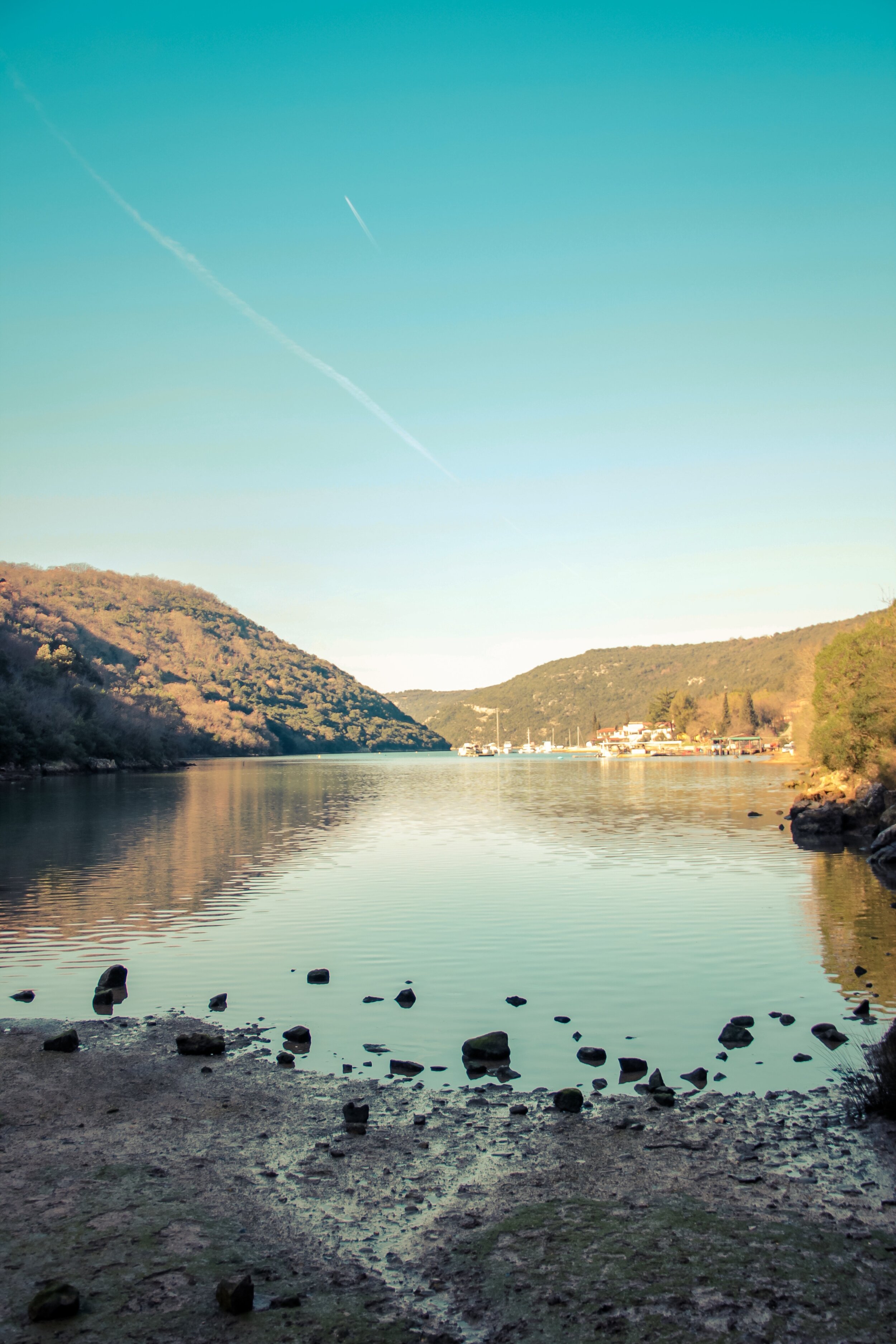

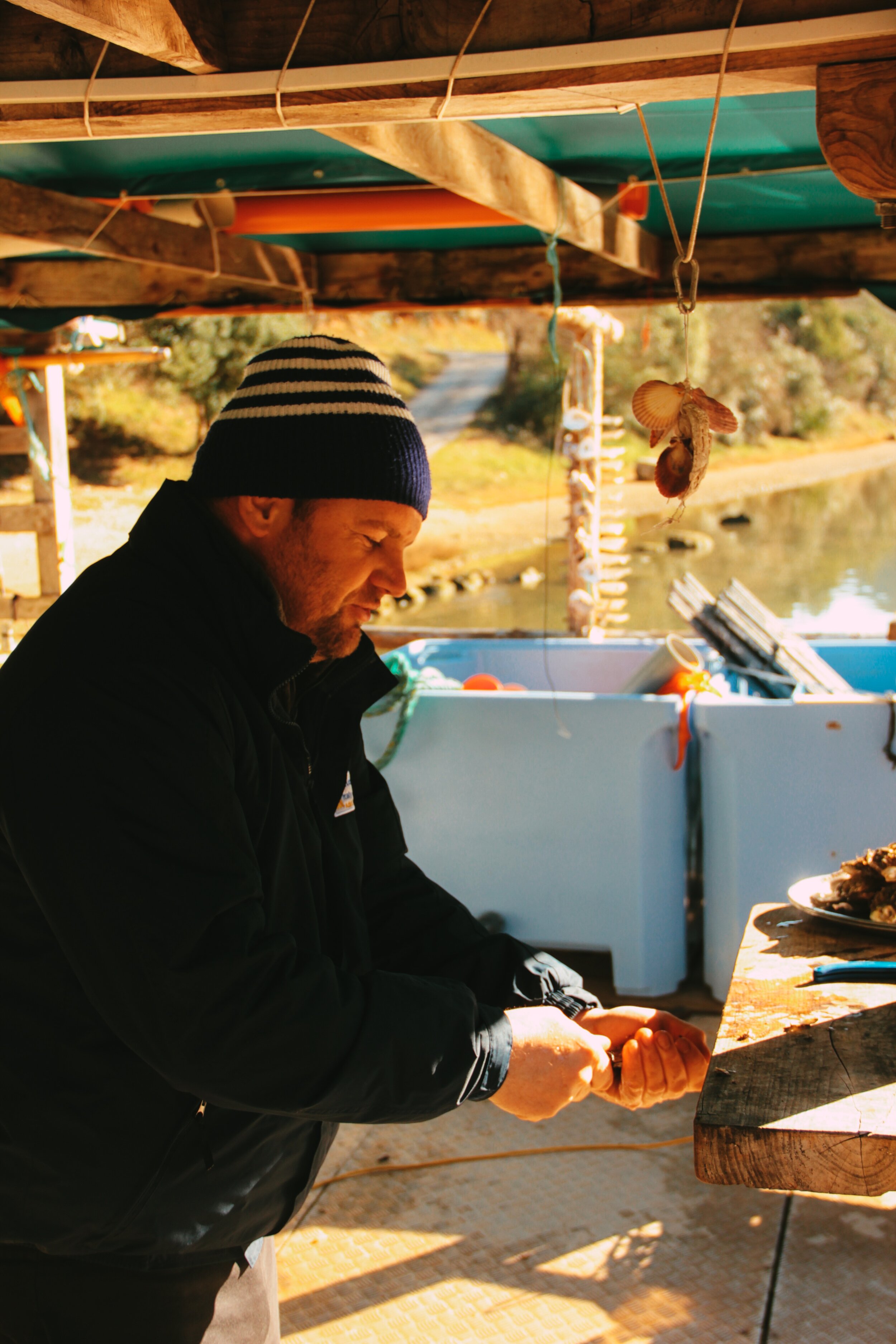
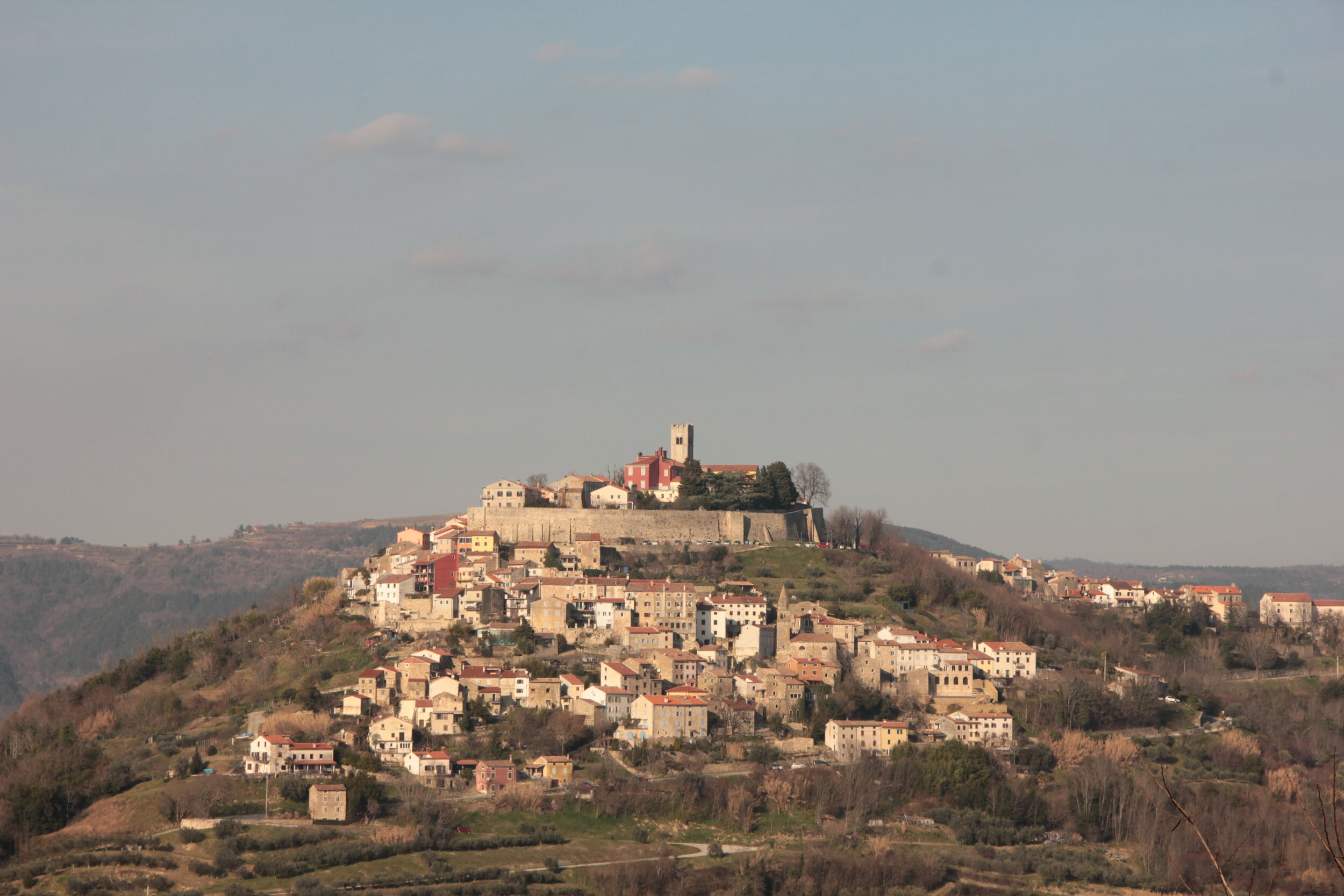

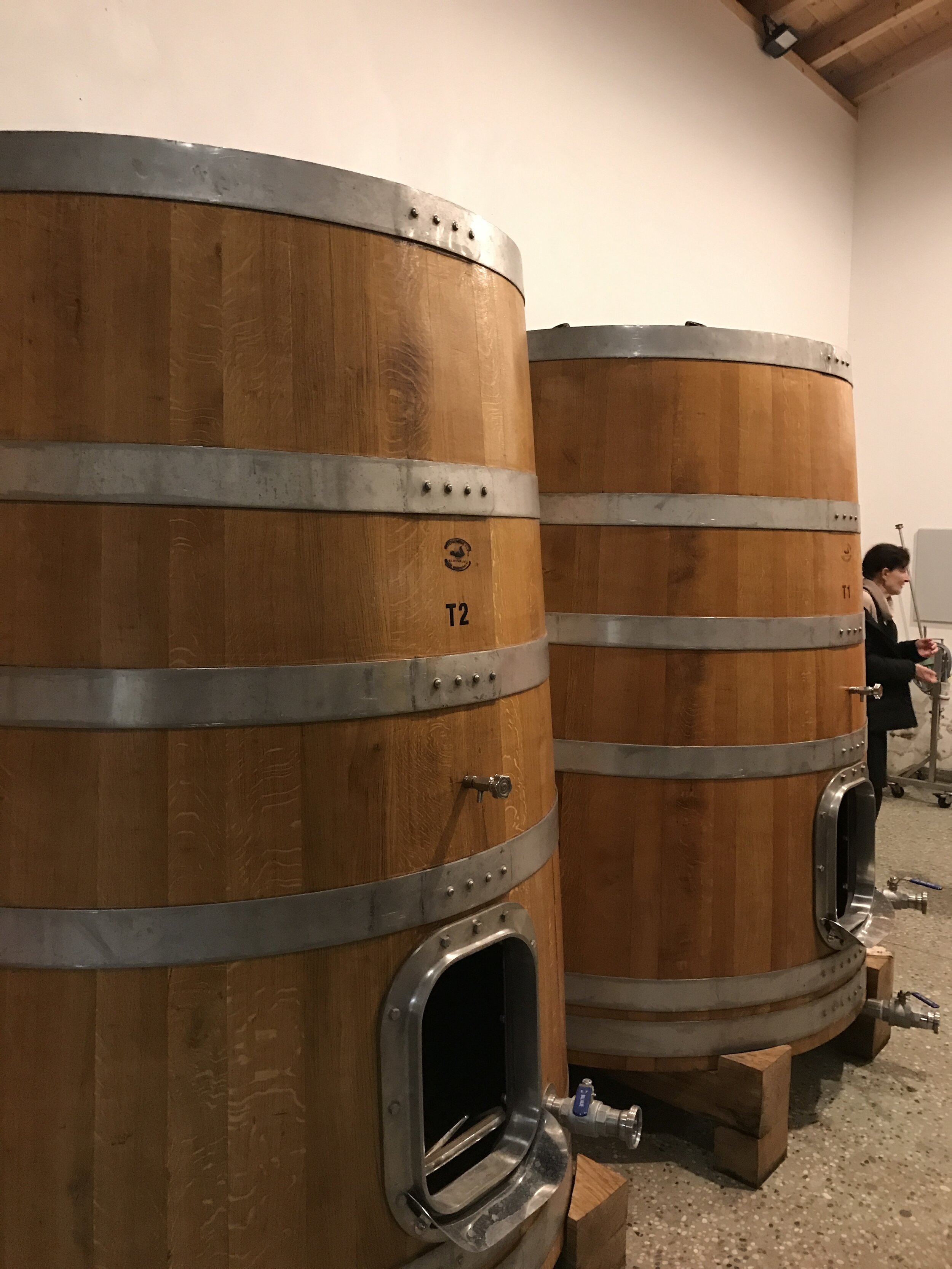
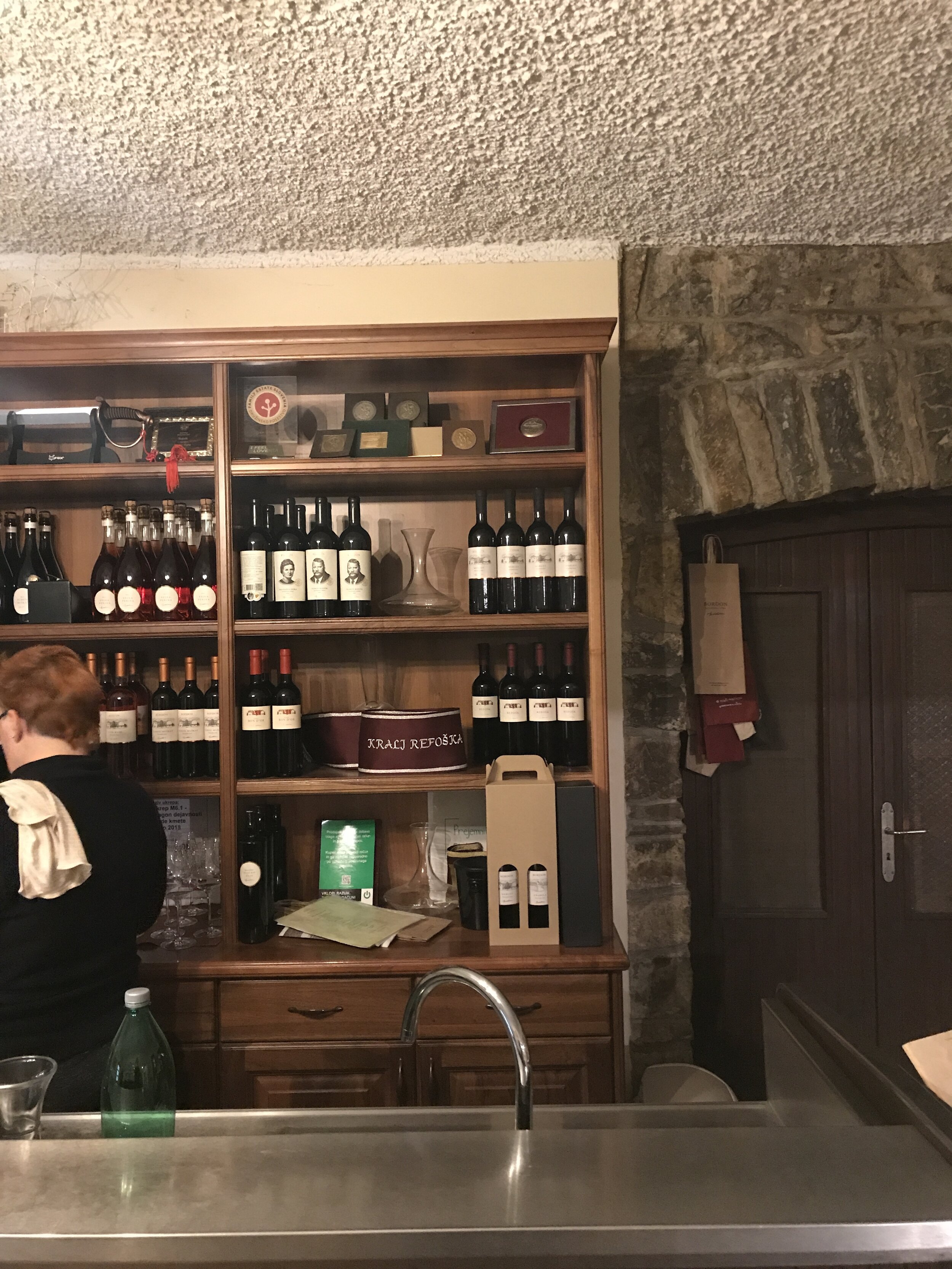









An ode to a country without comparison